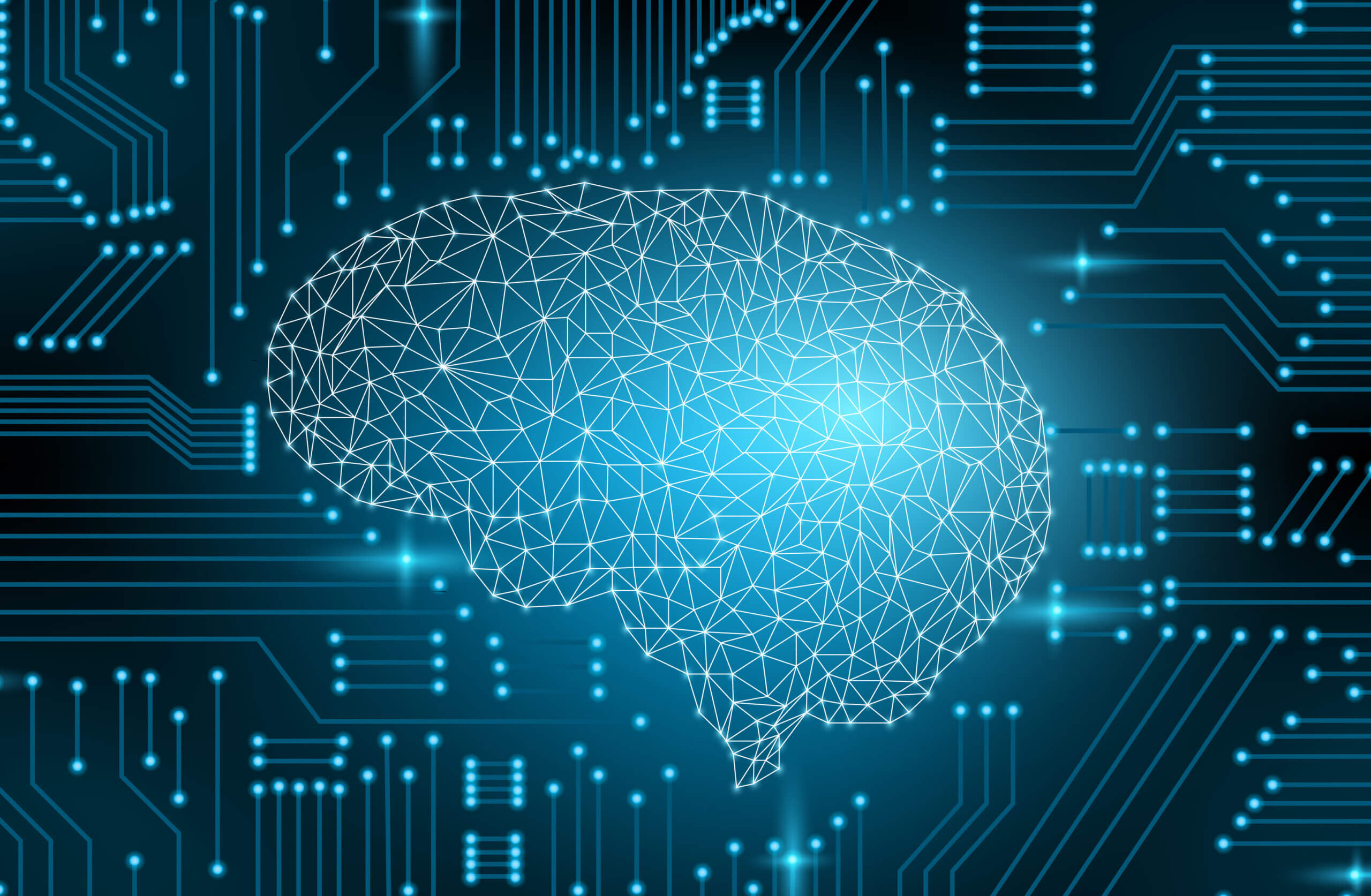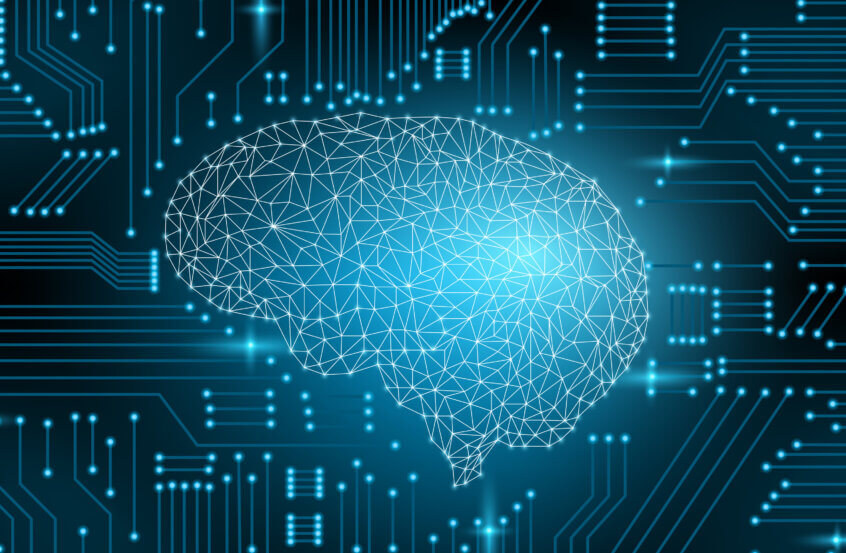
As a technology leader, I’ve had the opportunity to work with many different types of technology, but few are as exciting and promising as generative AI.
What is Generative AI
Generative AI is a technology that can create new content or data from scratch. For example, you could use a generative AI system to create a piece of artwork or music that has never been seen or heard before, or you could use it to generate a new product design or even write an entire book! It is taking a set of existing data and using it to create something new and unique. It’s important to understand that generative AI is still relatively new and in the early stages of development. While there are already some impressive applications of generative AI in fields like art, music, writing, and design, there is still much to be explored and discovered.
What Are the Advantages?
One of the biggest advantages of generative AI is that it can automate many routine tasks that would otherwise require human intervention. For example, a generative AI system can generate reports or analyze data, freeing employees to focus on more complex and creative tasks.
Another advantage is that generative AI can help businesses identify patterns and insights that might be invisible to humans. By analyzing large amounts of data, generative AI can identify correlations that might be too complex or subtle for human analysts to pick up on.
What Are the Challenges?
With new technologies, it is important to recognize the potential risks that generative AI can pose. Some risks and concerns associated with generative AI include privacy, intellectual property, security, bias, and inaccuracies. These systems may generate biased or inappropriate content. Even more so, AI-generated content can simply be wrong. Without human oversight, this can harm individuals, organizations, and societies.
Individuals and businesses must adopt a thoughtful and strategic approach to developing and deploying generative AI systems to address these concerns. This may include implementing rigorous testing and validation procedures, developing ethical guidelines for their use, and ensuring that mechanisms are in place to detect and correct any errors or biases that may arise. It’s essential to set clear objectives and identify the types of content or outputs that the AI system will generate. Once the system is deployed, the role of humans will be to continually monitor its performance and adjust as necessary to ensure that it remains accurate, reliable, and effective.
Generative AI is a powerful and exciting technology that has the potential to transform the way we work and do business. By understanding its strengths and limitations, we can unlock this exciting new technology’s full potential while mitigating potential risks.
Comment below on how you think generative AI will transform the construction industry.







